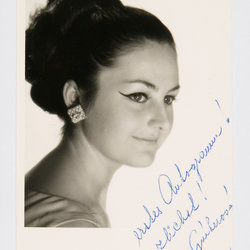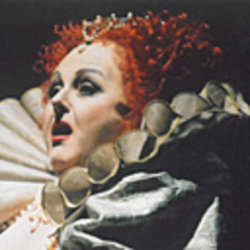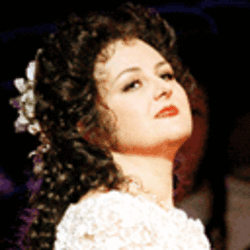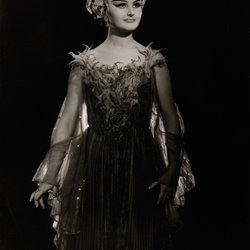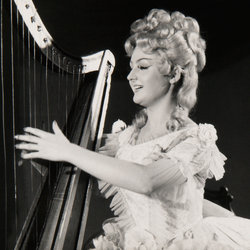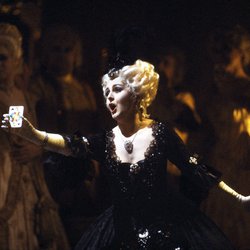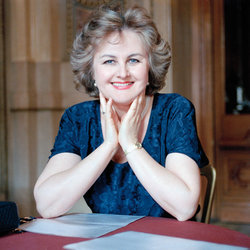Edita Gruberova
A member of that exclusive club „primadonna“, Edita Gruberova, the colloratura diva from Bratislava, has sung at the Vienna State Opera for four decades. She gave her debut there on February 5, 1970 as the Queen of the Night in Mozart’s Magic Flute. Six years later she had her breakthrough singing Zerbinetta in Richard Strauss’ Ariadne on Naxos conducted by Karl Boehm, while her Lucia di Lammermoor premiere in 1978 established her as one of the world’s leading sopranos. For her, rarely-performed operas were - and are - included in the repertoire such as Bellini’s I Puritani or Donizetti’s Linda di Chamounix or Roberto Devereux. The enormous interest in the Norma series in this year’s Salzburg Festival or in the concert performance of Lucrezia Borgia at the Vienna State Opera schelduled for October 2010 documents her unbroken popularity.
This unique artist is the focus of an exhibition at the Austrian Theatre Museum that documents all the important stages of her life. For this show Edita Gruberova has opened her private archive and loaned many documents and photographs that have never been publised before and that offer an intimate glimpse behind the scenes of her career. The central focus of the presentation are her most celebrated roles: from Manon to Maria Stuarda, from Julia to Zerbinetta – photographs, dresses, progamme notes and record covers as well as video and CD recordings document her unique interpretations. Other sections deal with her years prior to her first appearance in Vienna – marked by the stiffling conditions prevalent in the former CSSR – and the highlights of her international career.
Peter Dusek



